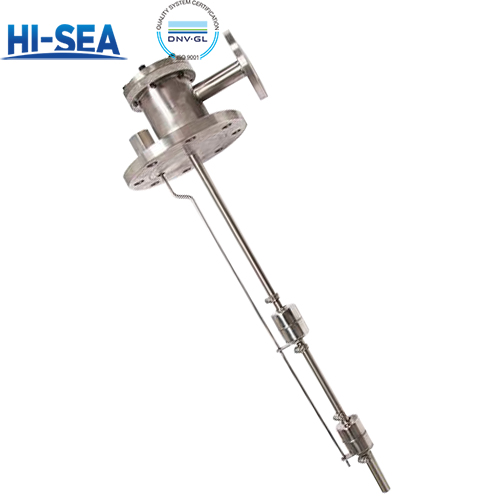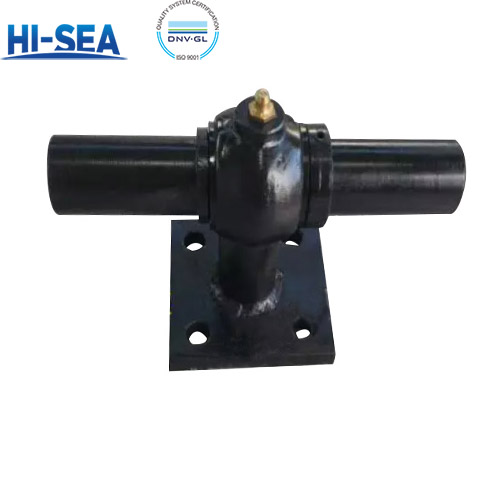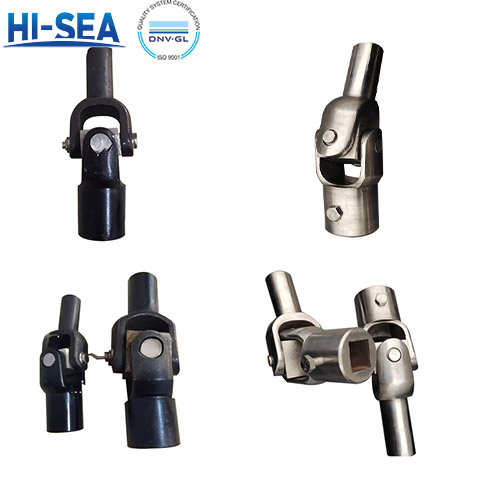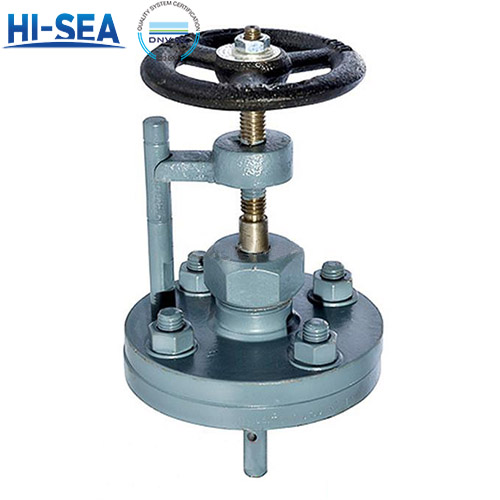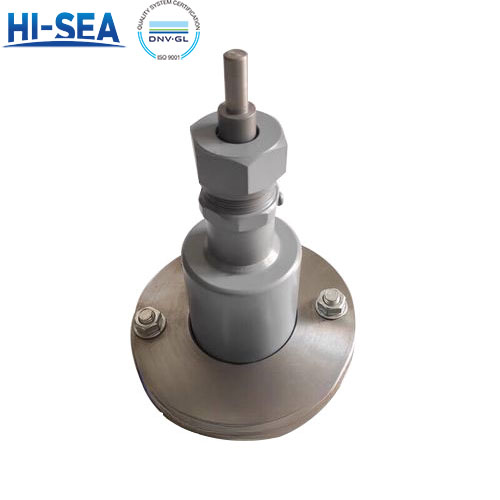
What are the applications of a float level controller?
Advantages of Float Level Controllers (Why they are so widely used):
• Simplicity: No complex electronics or programming.
• Reliability: Fewer parts mean less that can go wrong.
• Cost-Effective: Generally inexpensive to purchase and install.
• Direct-Acting: Requires no external power for mechanical valve types.
• Intrinsically Safe: Mechanical versions can be used in explosive atmospheres without the risk of creating a spark.
Overview
1. Pump Control (Most Common Application)
This is the classic "on/off" control for pumps to prevent running dry or overflowing a tank.
• Sump Pumps: In basements or construction sites, a float switch turns the pump on when water rises to a certain level and off when it's pumped down to a lower level.
• Sewage and Wastewater Pumps: Controls pumps in lift stations, moving wastewater from a collection pit to a treatment plant.
• Bilge Pumps: On boats, automatically removes accumulated water from the bilge.
• Transfer Pumps: Used in agriculture, manufacturing, and chemical plants to automatically refill a day tank from a larger storage tank when the level gets low.
2. Valve Control
Instead of controlling a pump, the float controller can open or close a valve to manage inflow.
• Liquid Dispensing: To fill a tank from a main line (e.g., filling a reservoir with diesel fuel, chemicals, or water). The float closes the inlet valve when the high level is reached.
• Cooling Water Systems: Maintains a constant water level in a cooling tower basin or a reservoir by opening a make-up water valve when the level drops.
• Preventing Overfilling: Acts as a high-level safety shut-off for bulk storage tanks, providing a mechanical backup to electronic systems.
3. Alarm and Indication Systems
The float switch is used as a sensor to trigger a warning, independent of a pump or valve.
• High-Level Alarm: Triggers a visual or audible alarm if a tank level becomes dangerously high, indicating a pump failure or control system fault.
• Low-Level Alarm: Alerts operators if a tank level is dangerously low, preventing pump cavitation or running a process without feedstock.
• Leak Detection: Placed in containment dikes or secondary containment areas around fuel or chemical tanks. If a leak occurs and liquid accumulates, the float switch triggers an alarm.
4. Industrial Process Control
While more complex systems exist (like guided wave radar), float controllers are still widely used for their simplicity and reliability in harsh processes.
• Chemical Processing: Controlling levels in mixing tanks, reactors, and storage vessels for acids, caustics, and solvents. They can be constructed from corrosion-resistant materials like PVC or stainless steel.
• Food and Beverage Industry: Managing levels of ingredients, syrups, and final products in storage and process vessels. Sanitary designs are available.
• Pharmaceuticals: Used in purified water tanks and other utility systems where reliable on/off control is needed.
• Boiler Feedwater Control: In smaller boiler systems, a float controller can be used to maintain the water level in the boiler drum.
5. Domestic and Commercial Applications
You encounter float switches in everyday life, often without realizing it.
• Toilet Cistern: The most ubiquitous example. The ballcock float valve shuts off the fresh water inlet when the tank is full.
• Residential Water Storage Tanks: In homes with well water, a float switch controls the well pump to pressurize a storage tank.
• HVAC Systems: Found in the drain pans of air handlers to detect clogged condensate lines. If water backs up, the float switch shuts off the AC unit to prevent water damage.
• Dishwashers and Washing Machines: Often have a float switch as a safety device to prevent overfilling with water.

